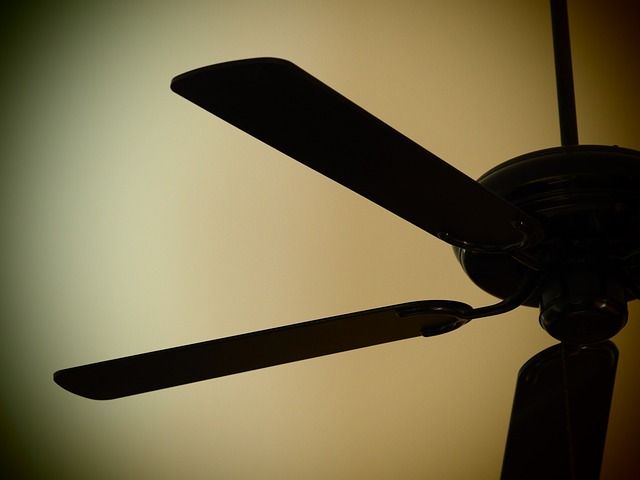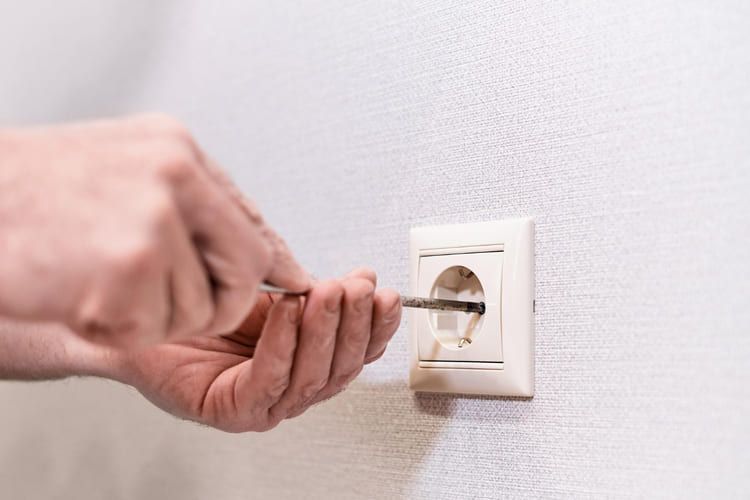Switch Ceiling Fan Direction in Winter

Many homeowners don’t realize their fans can change direction, much less the benefits this can deliver from season to season. Most fans have an easy switch that reverses the direction of the fan blades from clockwise to counterclockwise. The switch should be somewhere on the base of the fan.
Why is this important? You should change the direction of your fan twice a year—once in the summer and once in the winter. In the hot summertime, your fan should be spinning counterclockwise to blow cool air straight down. Keep the fan at a higher speed the hotter it is in the house.
During winter, you should then switch your fan’s direction to clockwise. A clockwise direction takes warm air from the ceiling area and pushes it down throughout the room. Switch the direction of your fan in the winter and keep it circulating at a low speed to disperse warm air.











